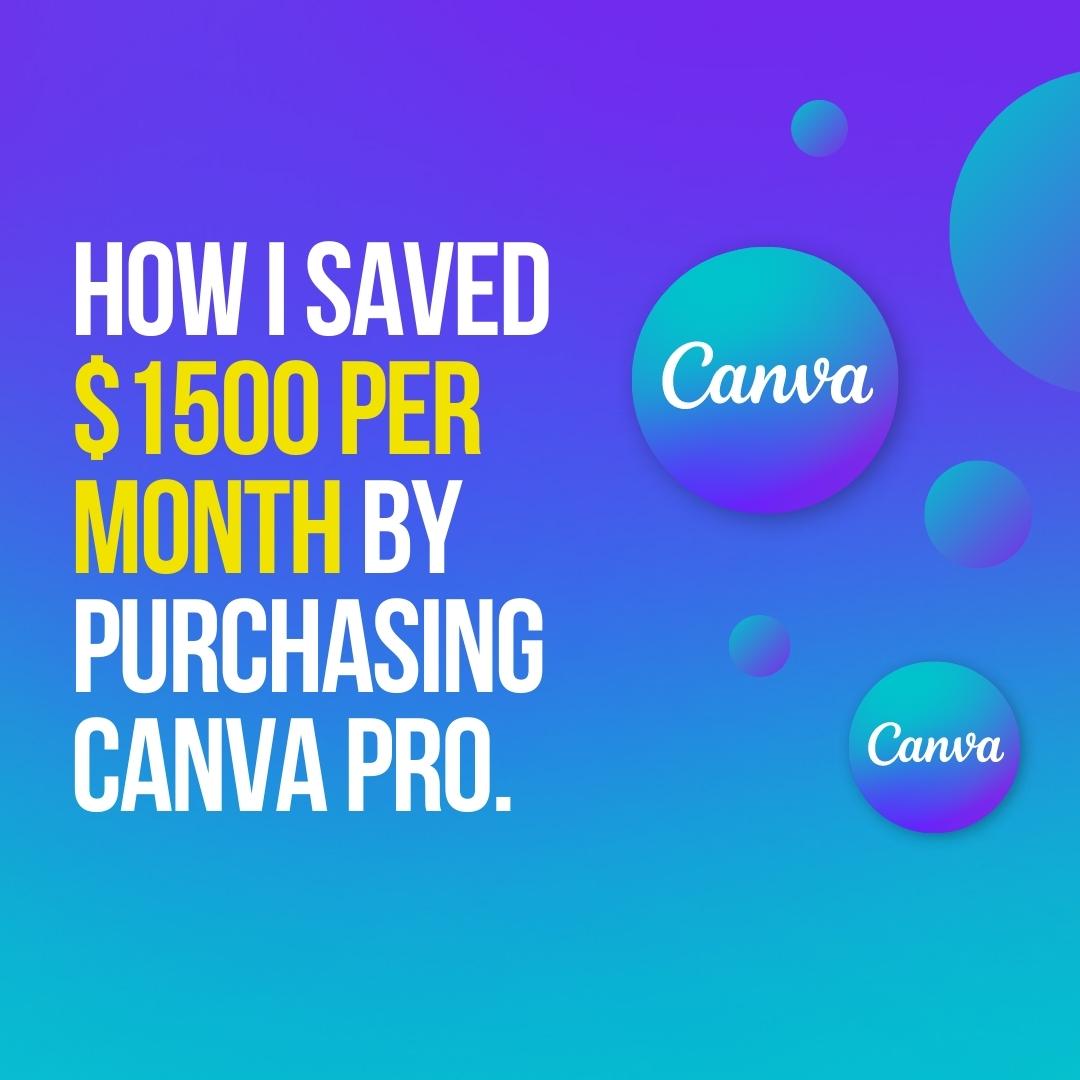
Your 8-step blueprint to a memorable photography brand.
Your photos can open doors but your brand keeps them open. A strong brand strategy turns your creative skill into a repeatable business: it helps you attract the right clients, charge what you’re worth, and scale without losing the work you love.
This guide gives photographers and creators a simple, tactical roadmap you can act on today.
Table of Contents
Why Branding Matters (Short Answer)
Consistent branding helps people recognize you faster, trust you more, and choose your services over competitors. Studies show consistent brand presentation correlates with measurable increases in revenue and growth for businesses that maintain it.
Quick Checklist (Do These First)
- Define one sentence that explains what you do and for whom.
- Pick a visual style and stick to it across 3 channels (website, Instagram, portfolio).
- Create one clear booking path (contact form, pricing page, lead magnet).
- Capture 3 testimonials and 5 portfolio examples that match your ideal client.
1. Clarify your Brand Purpose and Target Client
A marketing-grade brand starts with clarity.
Action steps
- Write your Brand Purpose in one sentence (why you do this).
- Build a one-page Client Persona (age, job, lifestyle, budget, triggers).
- Identify the top 3 problems you solve for that client.
When you target a specific audience with a clear value proposition, your marketing becomes far easier and more effective. HubSpot’s frameworks for brand strategy are useful for structuring this work.
2. Craft a Memorable Brand Story
People hire people. Your story makes you human.
What to include
- The moment you realized photography was your path.
- One major lesson or failure and how it changed your approach.
- The client outcome you most care about delivering.
Keep the story short (2–3 short paragraphs) and use it on your About page, email header, and proposals.
3. Nail your Visual Identity (Consistency Wins)
Your visuals are your first impression. Make them unmistakable.
Essentials
- A primary logo + simple secondary mark.
- 3–4 brand colors and 1–2 fonts.
- A consistent editing style for client-facing images.
- Templates for Instagram stories, price sheets, and contracts.
Plan your brand photography sessions around the look and use cases you need — website hero images, behind-the-scenes, and client galleries — so every image reinforces your message. Brand-focused photography planning is a smart investment for this.
4. Build a Messaging Framework
When copy is predictable and helpful, conversions rise.
Framework
- Headline: Who you help + core outcome.
- Supporting line: How you deliver it.
- Social proof: One short testimonial + client logos (if you have them).
- Call to action: “Book a consult” or “View pricing”.
Save this framework as a one-page reference and use it everywhere — website, email, and bio.
5. Choose the Right Channels & Show Up Consistently
For photographers, visual platforms matter most — but choose channels that match your client.
High ROI channels
- Instagram & Reels — fast discovery and relationship building.
- Pinterest — evergreen discovery for weddings and lifestyle work.
- Website & blog — control your SEO and portfolio narrative.
- Email — the best channel for repeat bookings and referrals.
Zenfolio, Format, and other photography platforms offer practical workflows to maintain brand consistency across channels.
Tip: Pick one primary channel and one secondary channel. Post reliably (quality + consistency beats frequency).
6. Productize & Package your Services
Packaging simplifies buying and increases conversions.
Simple packages
- Intro Session — lower price, short session, fast delivery.
- Signature Session — your main product, includes prints/digital files.
- Premium/Brand Day — multi-hour productized shoot for businesses.
- List deliverables clearly and include examples so clients know what to expect.
7. Use Proof to Justify Price Increases
Collect and showcase proof: testimonials, case studies, and before/after galleries. A small set of strong case studies can move your positioning from “vendor” to “partner.”
8. Measure and Refine
Track a few meaningful KPIs for 3–6 months:
- Monthly inquiries and conversion rate.
- Average booking value.
- Top-performing content (which posts led to inquiries).
If a visual style or offering isn’t converting, pivot the smallest piece — don’t overhaul everything at once.
Bonus: Practical Templates (Copy These)
- Headline: “Helping [ideal client] get [result] — without [objection].”
- Email CTA: “Reply with YES and I’ll send my availability and pricing.”
- Social caption formula: Hook → Single valuable tip → CTA.
Summary: Brand Strategy in 90 Seconds
- Clarify your purpose and ideal client.
- Tell a human, memorable story.
- Build consistent visuals and templates.
- Publish repeatable packages and proofs.
- Show up on the right channels and measure what matters.
Consistent brand work compounds. Start small, be consistent, iterate every 6 months, and your brand will start doing the selling for you.
Credit: Featured photo by JESHOOTS



